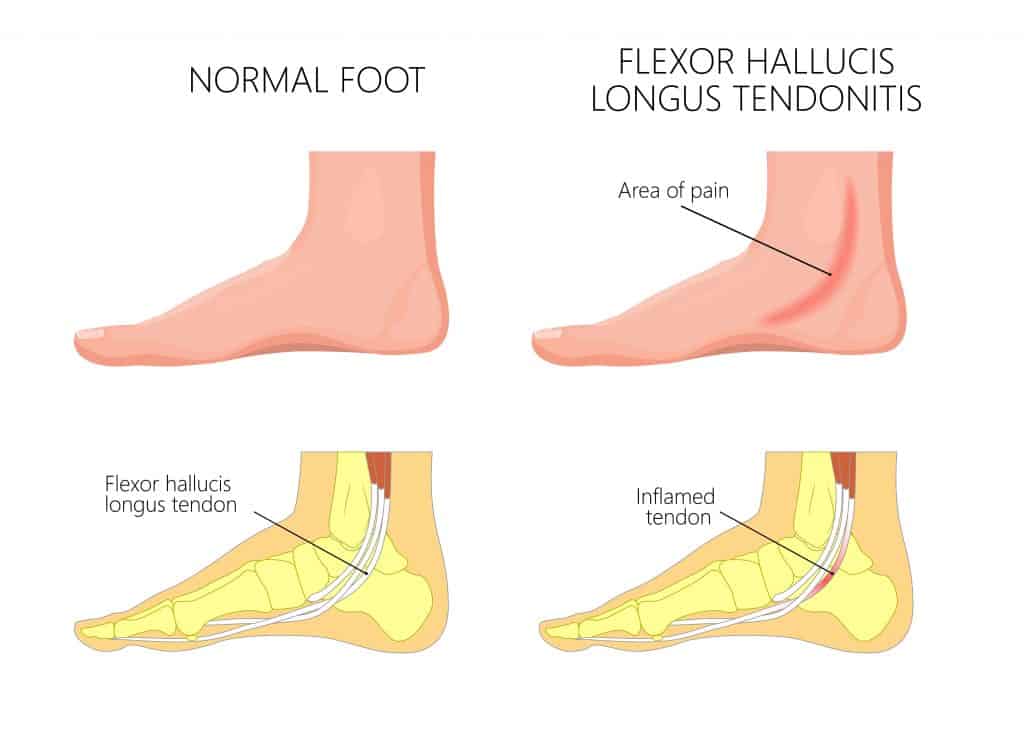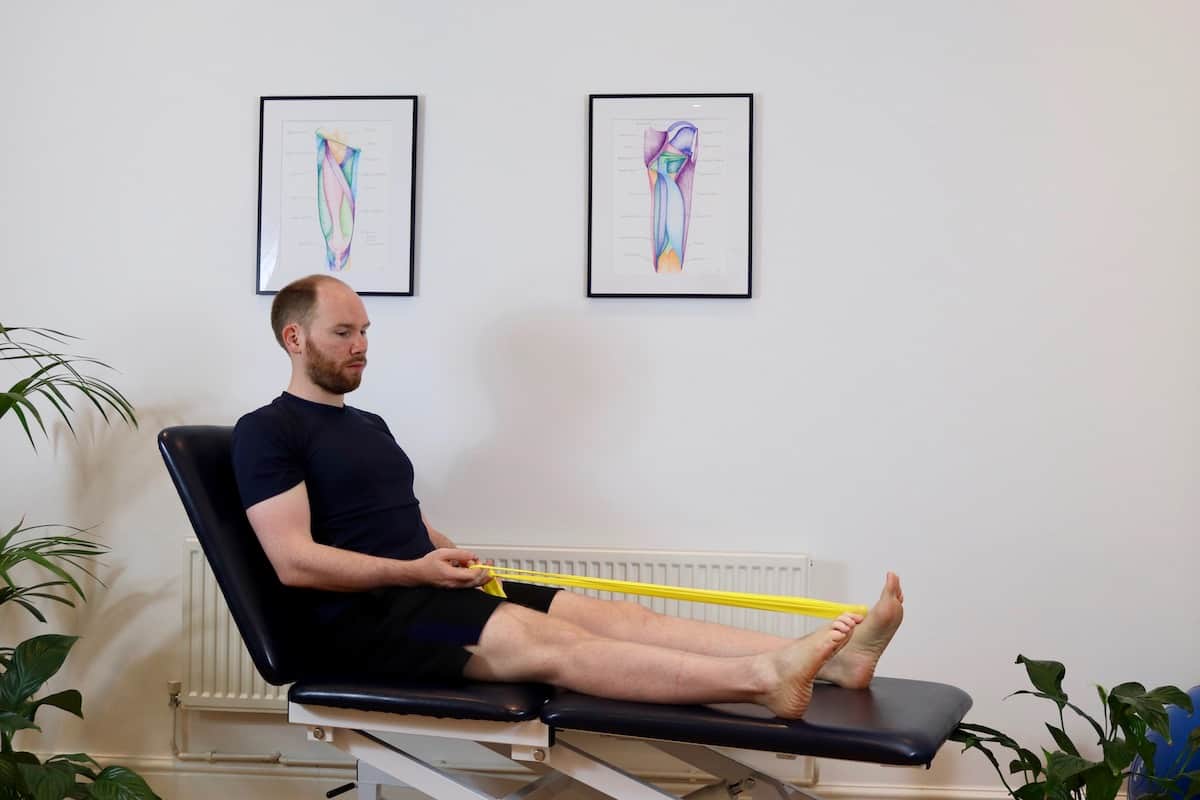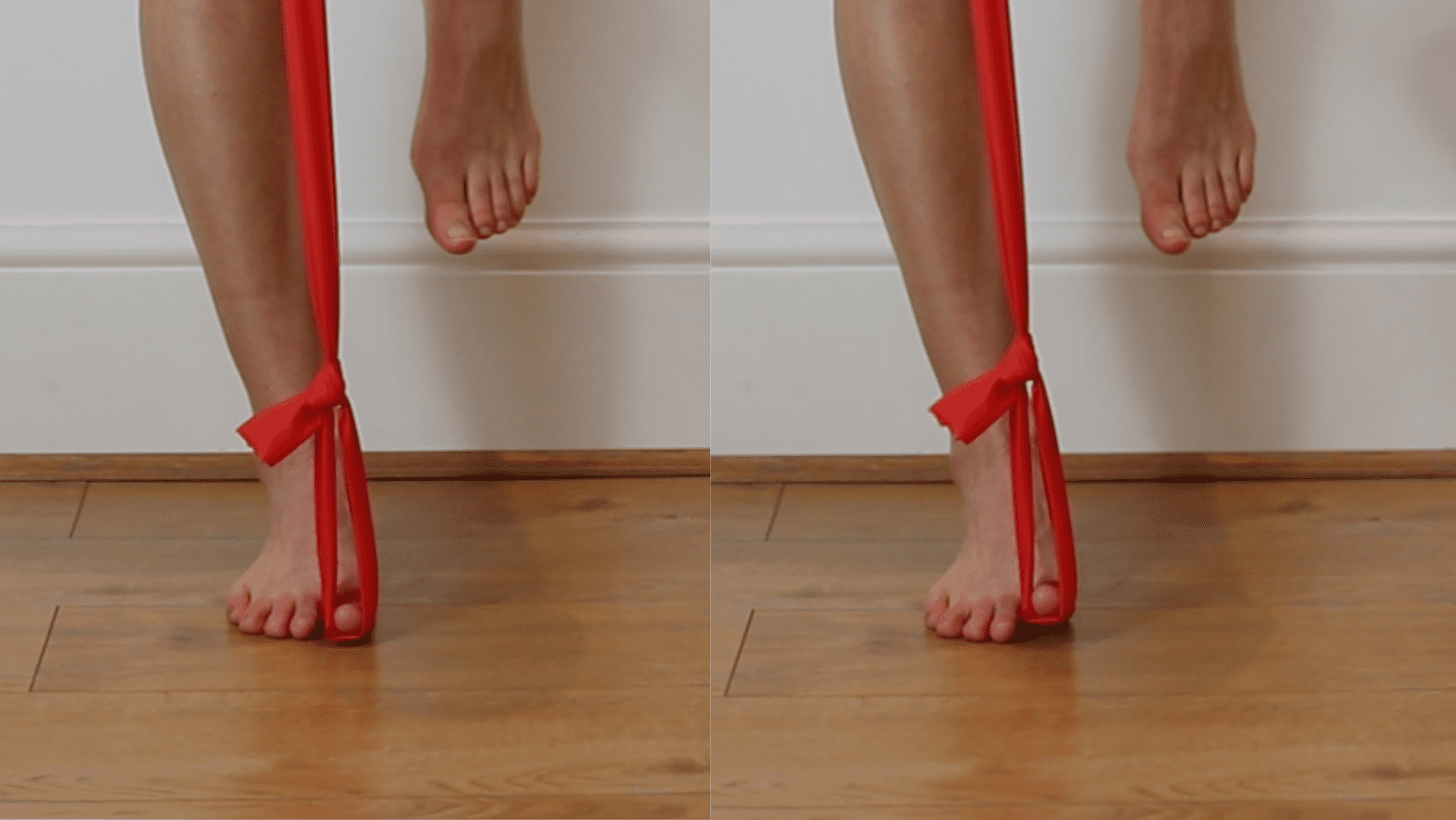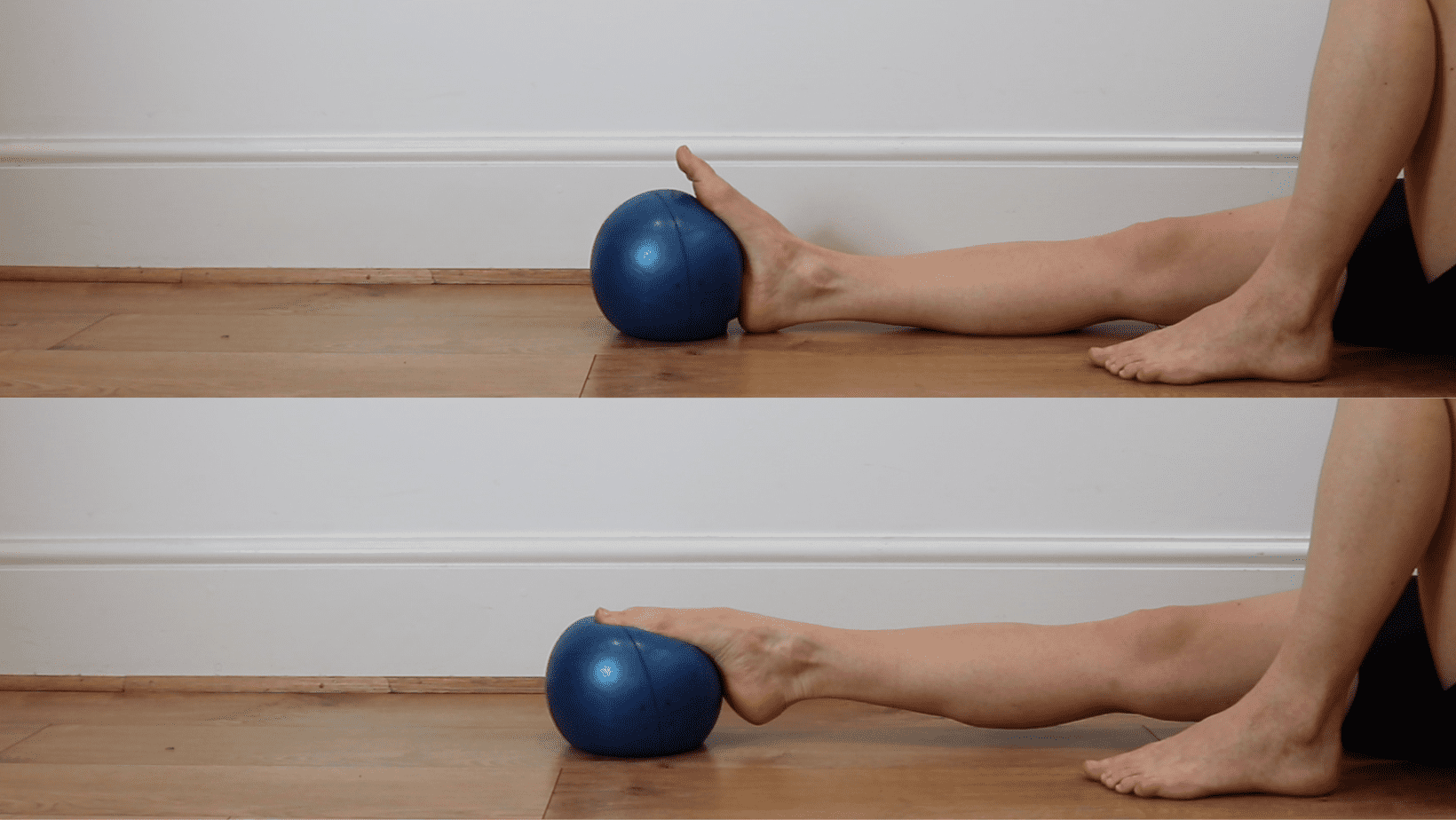Posterior Tibial Tendonitis and Sport
Read More >
The Flexor Hallucis Longus muscle (FHL Tendon) is a long thin muscle whose origin arises from the posterior two-thirds of the fibula before passing around the back of the ankle. As the tendon moves down and through the arch of the foot, it crosses over the Flexor Digitirum Longus (FDL), and this point is known as the Knot of Henry. The tendon passes through the two sesamoid bones of the 1st metatarsal, inserting into the undersurface of the big toe.
The primary function of the Flexor Hallucis Longus is to flex the joints of the big toe. The Flexor Hallucis Longus helps to stabilise the head of the first metatarsal while assisting the push-off phase of the gait cycle. Alongside the Posterior Tibial Tendon (PTT), both play a significant role in stabilising the foot through gait.
Arising from the anteromedial portion of the calcaneus bone is a horizontal shelf called the sustentaculum tali. The three tendons of the FHL, FDL, and PTT pass under the sustentaculum tali to create a pulley system to provide stability to the medial longitudinal arch of the foot while helping to control pronation of the subtalar joint eccentrically.
Finally, during the gait cycle, the Flexor Hallucis Longus contract isometrically during the stance phase to provide stability, similar to the windlass mechanism of the Plantar Fascia, before contacting to flex the big toe joint during push-off.
When the Flexor Hallucis Longus tendon is overloaded, it can become painful. Common conditions that lead to Flexor Hallucis Longus pain are Flexor Hallucis Longus tears and Flexor Hallucis Longus tendonitis. We will discuss these conditions and their treatment in this article.
Symptoms: A Flexor Hallucis Longus tear is a sharp pain with activity, while there is rarely pain at rest. There is often a specific incident that relates to the onset of pain. If the injury is acute, there may be some swelling and bruising around the area of injury. It can be painful to jump or go onto your toes.
Causes: A Flexor Hallucis Longus tear is rare, and the cause of a tear can be a result of trauma, sheer forces, or when a significant amount of force is put through the muscle. A partial tear can occur when landing from a jump or through repetitive motion, such as repeatedly going onto one’s toes.
Diagnosis: A Flexor Hallucis Longus tear can be diagnosed by an MRI or an ultrasound scan, a more cost-effective imaging form. A clinical test can be carried out to resist flexion of the big toe. Pain on resistance is indicative of a positive test.
Symptoms: Flexor Hallucis Tendonitis (Also known as Flexor Hallucis Tendinopathy) symptoms are often worse with running, jumping, and bending the big toe. There may be some stiffness on the tendon first thing in the morning that eases after 30-60 minutes. In less acute episodes, it can be pain-free to exercise, but the pain becomes more prominent afterwards. The location of pain for Flexor Hallucis Longus tendonitis is most common in the posterior-medial ankle.
In some cases, thickening of the FHL tendon can cause a Posterior Ankle Impingement or impingement deep to the flexor retinaculum, where the tendon lies within the fibro-osseous tunnel.
Causes: Flexor Hallucis Longus Tendonitis is usually caused by a repetitive overload of the tendon. This can result in a pathological change of the tendon, making it weaker than pre-injury. There may be pain and swelling along the tendon in the acute stages.
Diagnosis: A Flexor Hallucis Longus Tendonitis diagnosis can be achieved clinically by a Physical Therapist, or they may refer for an ultrasound to correlate with their clinical assessment.
From a clinical perspective, a therapist should palpate the posteromedial aspect of the ankle to find the FHL sheath. The therapist should resist full ankle plantarflexion alongside toe flexion with crepitus and pain on the posterior ankle indicates a positive test. It is also worth testing the power of the FHL tendon with a paper sheet test where the patients press down on a piece of paper to prevent the therapist from pulling it away.

Physical Therapy is the most effective treatment for Flexor Hallucis Longus Tendonitis. This may include Load Modification, such as a reduction in the activities that aggravate your symptoms, such as jumping, running, or going on pointe. It may also include increasing the rest time between activities to allow time for the tendon to recover. Reducing the number of activities you do that involves the big toe can be helpful. It is important to consider that tendon pain isn’t always at the time of activity, but the pain may be exacerbated within 24 hours post-exercise.
Taping the big toe into a neutral position that resists toe extension can reduce the stretch placed on the FHL tendon. A Gait Analysis through video analysis of the feet, ankles, and knees can help interpret if there is an overload of the Flexor Hallucis Longus tendon. Custom insoles or orthotics: Custom insoles can be created by a therapist after gait analysis. They will be tailored made to offload the Flexor Hallucis Longus tendon, leading to a reduction in pain levels.
In some cases, a walking boot is required if rehabilitation is not effective due to high pain levels. Using a walking boot can help reduce pain levels before reintroducing strengthening exercises. Steroid injections are generally avoided where possible for any form of tendonitis and they can be harmful to the tendon in the longer term.

Recommended Loading:
3 sets of 15 repetitions, once daily, as the pain allows.
Recommended Loading:
3 sets of 15 repetitions, once daily, as the pain allows.


Recommended Loading:
3 sets of 15 repetitions, once daily, as the pain allows.
This is not medical advice and we recommend a consultation with a medical professional such as James McCormack to achieve a diagnosis. He offers Online Physiotherapy Appointments weekly.
Why does my Flexor Hallucis hurt?
It is likely that you have pain in the Flexor Hallucis due to a muscle tear or as a result of Flexor Hallucis Tendonitis. A tear is usually sudden in onset with a specific mechanism or injury while tendonitis is caused by an overload with no specific incident causing the pain.
How do you fix Flexor Hallucis Longus pain?
Physical Therapy consisting of stretching and strengthening exercises is the most effective form of treatment for Flexor Hallucis Tendonitis. Home treatment might include anti-inflammatories, icing, reducing use of the big toe and wearing stability shoes.
How do you release the Flexor Hallucis Longus?
You can self-release the Flexor Hallucis Longus by foam rolling the inner side of your shin along the muscle belly of the Flexor Hallucis Longus. A massage gun can be used with the same principle. Other methods include stretching your big toe or applying direct pressure to the muscle belly of the Flexor Hallucis Longus while flexing and extending the big toe.
How long does FHL Tendonitis take to heel?
It takes approximately 6-12 weeks for FHL Tendonitis to heal through a graded strengthening program. It is unlikely to heal on its own and can last longer than 12 weeks without the appropriate treatment from a Physical Therapist.
How do you stretch the Flexor Hallucis Longus?
To stretch your Flexor Hallucis Longus place your big toe up against a step so that the toe is extended as much as comfortable. Maintain this position and move your knee over your foot while keeping your heel on the floor until you feel a stretch on the inside of your ankle r the underside of your foot.